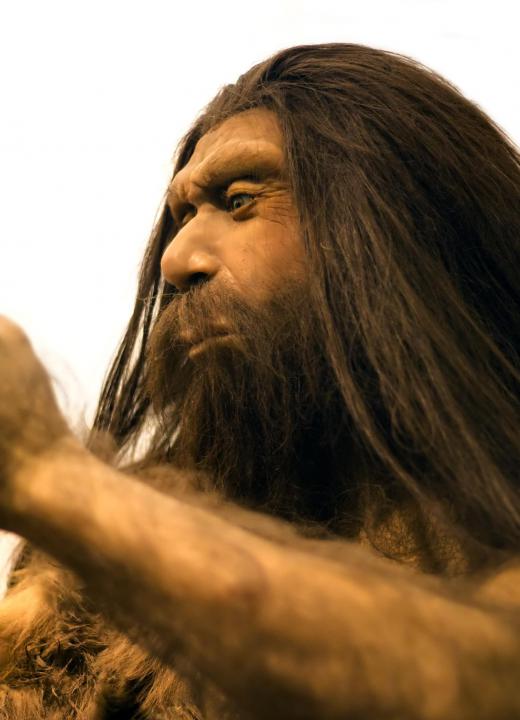What is Anthropology?
 Michael Anissimov
Michael Anissimov
Anthropology is the scientific study and analysis of human beings and humanity. Anthropologists seek to understand all the world's cultures, customs, artifacts, knowledge, habits, history, etc. Anthropology emerged as a distinct academic discipline in England and America in the late 19th and early 20th century. Anthropology grew primarily out of natural history initially, and has since come to depend upon archaeology, paleontology, biology, psychology, the humanities, social science, and other areas. Since WWII, anthropology has increasingly modeled itself after the natural sciences, relying more on empirical evidence and less on subjective analysis.
Anthropology is composed of four closely interrelated fields. The first is biological or physical anthropology, which simply tries to understand the human being as a living organism. Population genetics and primatology comes in handy here. The second, and largest field, is socio-cultural anthropology, involving field studies comparing or recording any number of thousands of social or cultural patterns. The distinction between socio-cultural anthropology and certain parts of psychology and sociology may be fuzzy. The third field is linguistic anthropology, which focuses on language, including its history and many complex branches. The fourth field is archaeology, which seeks to excavate artifacts, bones, and other clues to shed light on how people lived in past cultures.

Anthropology looks at humanity's entire history, starting when modern humans first evolved in Africa about 200,000 years ago. About 50,000 years ago, humans starting wandering outside the boundaries of Africa by crossing the Sinai peninsula. Human bones dating to this time have been found in Israel. From there, humanity spread west into Europe and east into Asia and Australia, where fossils dating to 46,000 years ago have been found. Throughout Eurasia, humanity displaced other homonids, such as Neanderthals and Homo erectus. 46,000 years ago in Australia, most land animals weighing more than 100 kg (220 lb) abruptly went extinct, indicating humanity's arrival. By 30,000 years ago, Neanderthals were extinct; one of the last colonies was located near the strait of Gibraltar.

Either 30,000 or about 14,000 years ago, humans crossed the Bering strait land bridge into the Americas, arriving in New Mexico by 13,000 years ago, then spreading southward to reach Tierro del Fuego by 8,000 BC certainly, but possibly much earlier.
In thousands of years of relative isolation since our dispersal, humanity has developed thousands of distinct cultures, languages, traditions, and tools. The aim of anthropology is to make sense of it all.
AS FEATURED ON:
AS FEATURED ON:














Discussion Comments
@Renegade
I think I agree with @GigaGold on this idea of religions, although I think you also make some legitimate and important points.
Before WWII, the West relied very much on racial supremacy and subjective hunches. I don't think that we should do away with the subjective completely because of this, however. Jung had some legitimate and objective observations about the subjective side of cultures, which ultimately shows itself in their unconscious thought. In understanding the psychology of a culture, it is important to recognize that there is immensely much more to a people than what meets the eye.
@GigaGold
These postulations seem to be on the fringe of serious Anthropological study. As mentioned, Anthropology seeks to be more objective and scientific than it was before WWII. In those times, Westerners would incorporate religious sentiments and racism into their analysis of foreign cultures. This was ultimately the source of much racism. We should really try to avoid subjective ideas about people groups.
Carl Jung emphasized an important aspect of Anthropology: the symbols and religious systems of a culture. All that defines a culture and a people group stem ultimately from these core beliefs and unconscious patterns. Jung also recognized that there are strikingly similar aspects in cultures which have no contact whatsoever, leading him to show that there is a "collective unconscious" or spiritual realm which ties peoples together.
Anthropology can sometime seem to comprise a complicated interdisciplinary and multi-faceted Multivariate Statistical analysis or game theory, due to the fact that so many different aspects of religions, social structures, migrational patterns, ecology, climate, etc. all combine to affect the factors of where a culture has been, currently is, and is heading. The overall sociological "Weltanschauung" or worldview of a people affects every part of its existence, and modern Anthropology seeks to chart these relationships over time and space.
Post your comments